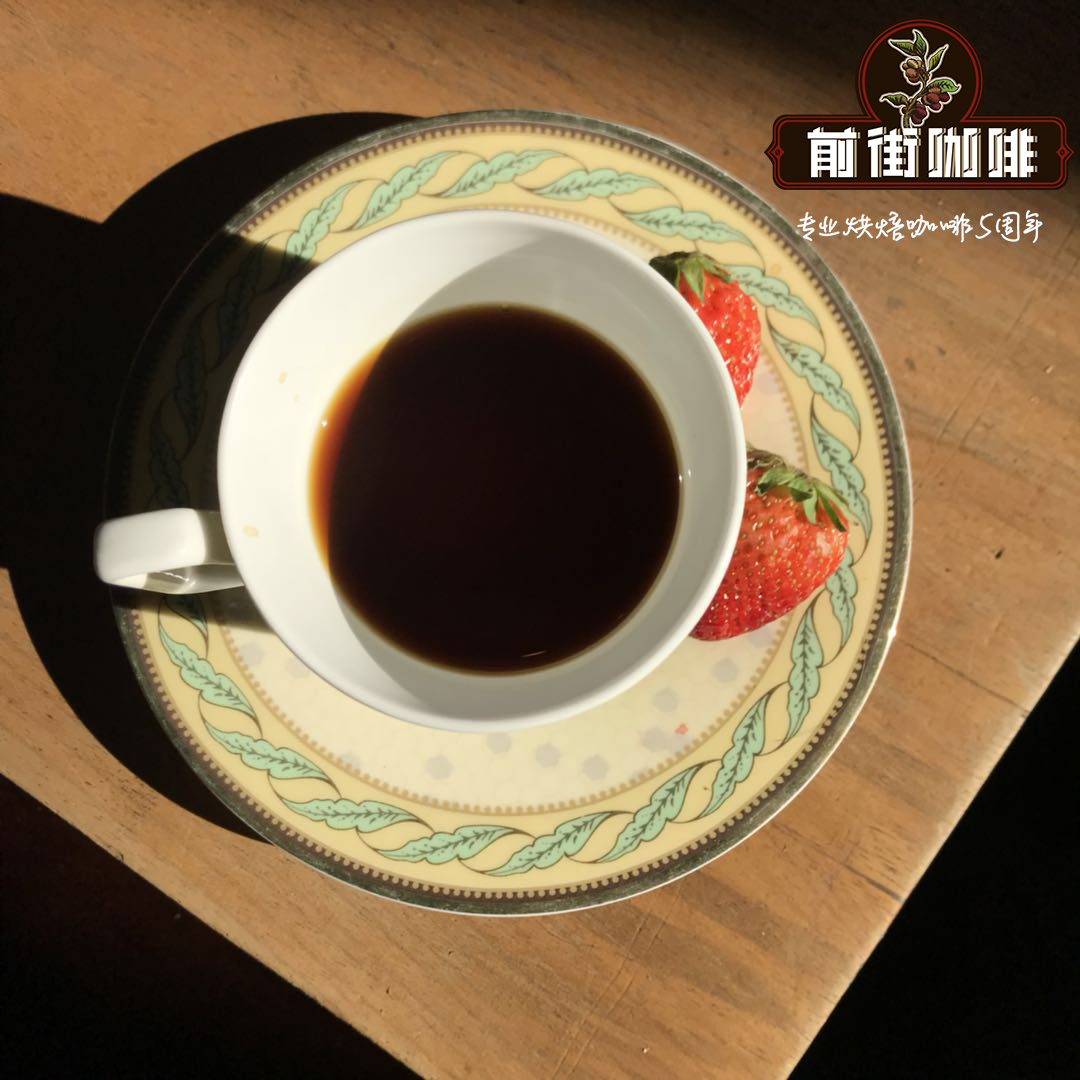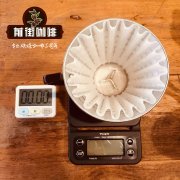Ethiopian Coffee beans Ethiopian Coffee producing areas introduce the Ethiopian Waka Cooperative

Professional coffee knowledge exchange more coffee bean information please follow the coffee workshop (Wechat official account cafe_style)
The Yega Sheffei producing area of Ethiopia has become famous, but there is a new trend in the Yega Sheffei system, that is, the development of a single small farmer and a single agricultural product. Let's take the Waka Cooperative as an example, let's talk about this trend right now.
According to the Ethiopian decree, there are three types of coffee export systems:
(I) Private processing plants for export through ECX bidding
(II) Cooperative system
(3) single Manor system (Single Farm Project, SFP)
At present, most of these three export modes are still in the form of ECX transactions, and a few of them are through cooperatives or processing farms as direct trade, and single farms were hardly seen on the market three or four years ago.
However, after coming into contact with Berish farmers in the Waka Cooperative, we have seen the development of more and more single farms in the Yega and Guji producing areas.
In fact, the cooperative system is not bad, especially the internationally famous cooperatives such as Worka Cooperative, which produce mostly good beans.
The Waka Cooperative, founded in 2005, is located in a more remote part of the legal producing area of Yegashafi, about 75 kilometers from the local coffee distribution center, Dilla, while more than half of the coffee grown in Ethiopia belongs to the Garden Coffee type, that is, coffee is grown in a small area in its own backyard.
The Waka Cooperative is made up of 305 farmers, with a total planting area of about 763 hectares and an annual output of nearly 460 tons. The scale is not too large, but the members of the cooperative have strong cohesion and good quality, so they are often good goods, and even collectively apply for organic certification, but in the final analysis, the coffee cherries handled by the cooperative still come from a large number of small farmers, and the product curriculum vitae can not be traced back to a single producer. Therefore, such a so-called traceable source is accompanied by a vague dilemma, and the occasional occurrence of rat shit will destroy the trust of the co-operative. This continuous extension of traceability has also led to the launch of a single smallholder batch by the Waka Cooperative.
In fact, the single farm system (Single Farm Project, referred to as SFP) has always existed in Ethiopia, but its proportion is not high. In addition, in the past, there were a large number of commercial batches that did not attach importance to quality, so the type of single farm has not been favored by various farm owners, so the proportion of development cannot be increased for a long time.
However, with the third wave of boutique coffee in the past 20 to 30 years, Ethiopian coffee has emerged in the market. coupled with the fact that there were some strong Ethiopian coffee operators in Europe and the United States in the past, they began to return to Ethiopia to operate coffee (the chairman of ECX is the scaa of the United States). This craze has also planted the seeds of influence in Ethiopia, which has been baptized by the culture of the western coffee market, and has brought new changes to the industry. According to the account of the coffee hunter, many local farmers have devoted themselves to the management of a single farm, and recently they have even led to an upsurge of returning from Europe and the United States to their hometown. Ethiopian coffee beans will be more interesting!
Recommended parameters for hand flushing in front of the street: V60Accord90 ℃ / 1purl 15 / time for two minutes
Important Notice :
前街咖啡 FrontStreet Coffee has moved to new addredd:
FrontStreet Coffee Address: 315,Donghua East Road,GuangZhou
Tel:020 38364473
- Prev

Characteristics and flavor of Ethiopian coffee beans describe how much is a cup of Ethiopian coffee in a cafe
Professional coffee knowledge exchange more coffee bean information Please pay attention to the coffee workshop (Wechat official account cafe_style) African coffee flavor characteristics: charming sour African bean flavor: Ethiopian coffee has a strong orange flavor, Kenyan coffee has a strong berry flavor, as well as sour plum juice and grapefruit flavors, and sweet sugar cane flavor. The orange aroma of Ethiopian coffee
- Next

How are Ethiopian coffee beans roasted? What are the recommendations of Ethiopian coffee brands?
Professional coffee knowledge exchange more coffee bean information please follow Coffee Workshop (Wechat official account cafe_style) Ethiopia Natural Yirgacheffe Chelelektu Ethiopian coffee beans Yega Xuefei figure G01 | production area profile unique geographical environment Yirgacheffe is a small town in Ethiopia, 1700-2100 meters above sea level, is
Related
- Does Rose Summer choose Blue, Green or Red? Detailed explanation of Rose Summer Coffee plots and Classification in Panamanian Jade Manor
- What is the difference between the origin, producing area, processing plant, cooperative and manor of coffee beans?
- How fine does the espresso powder fit? how to grind the espresso?
- Sca coffee roasting degree color card coffee roasting degree 8 roasting color values what do you mean?
- The practice of lattes: how to make lattes at home
- Introduction to Indonesian Fine Coffee beans-- Java Coffee producing area of Indonesian Arabica Coffee
- How much will the flavor of light and medium roasted rose summer be expressed? What baking level is rose summer suitable for?
- Introduction to the characteristics of washing, sun-drying or wet-planing coffee commonly used in Mantenin, Indonesia
- Price characteristics of Arabica Coffee Bean Starbucks introduction to Manning Coffee Bean Taste producing area Variety Manor
- What is the authentic Yega flavor? What are the flavor characteristics of the really excellent Yejasuffi coffee beans?

